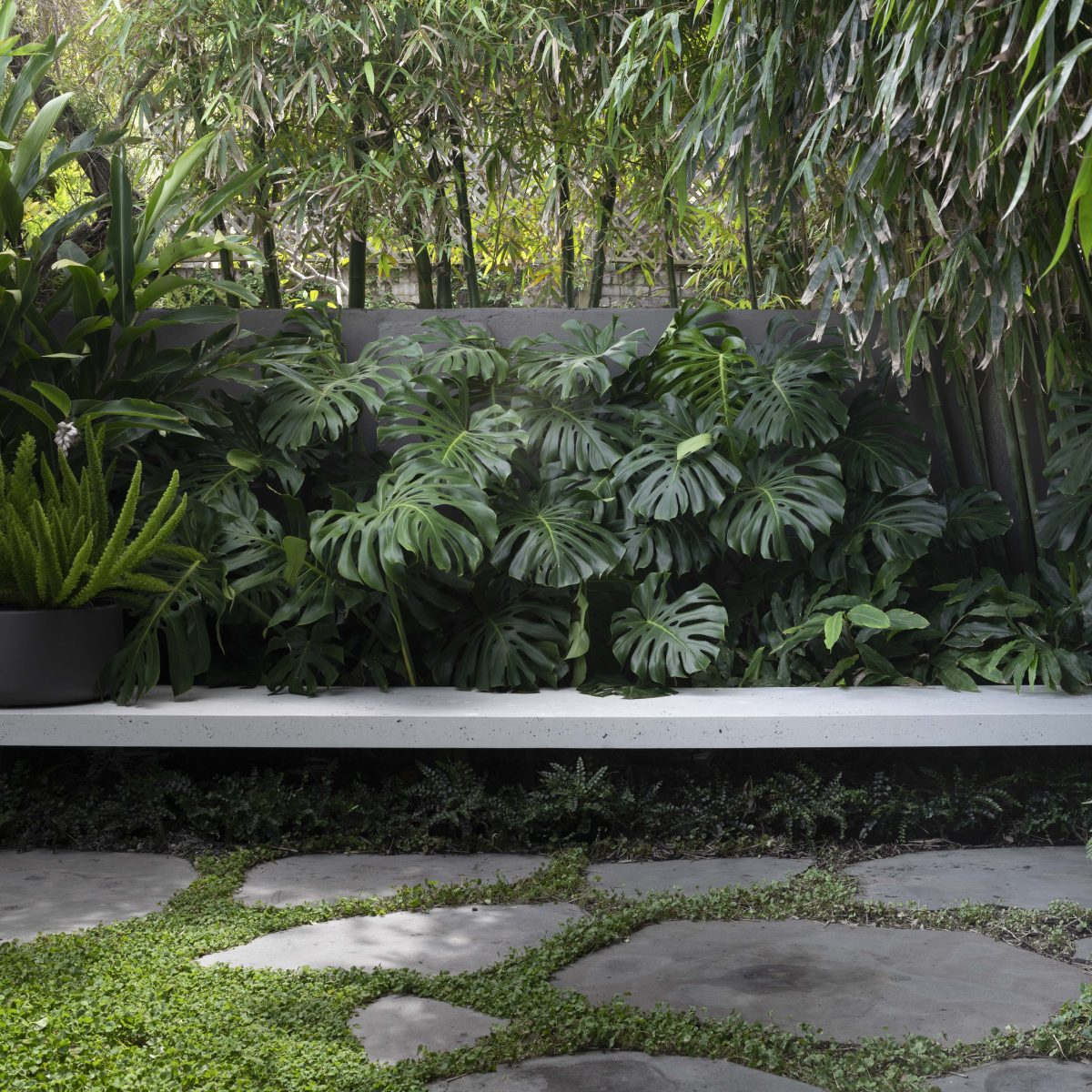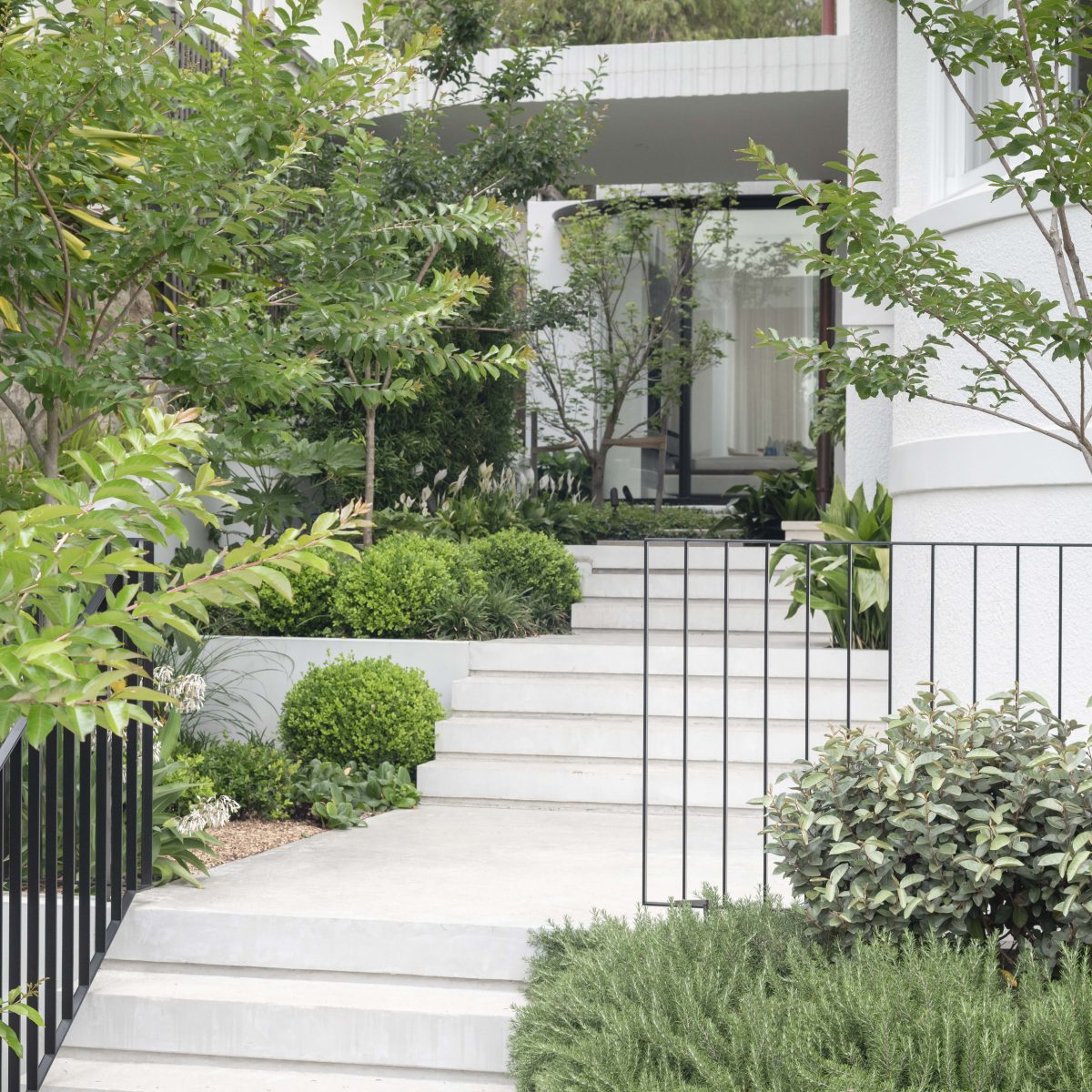In recent years, the use of materials like steel, stone, timber, and concrete in Australian gardens has surged in popularity. Far from being purely functional, these materials bring a contemporary aesthetic that blends seamlessly with the natural beauty of our native plants. Their durability, low maintenance requirements, and versatility make them ideal for modern garden designs.
Steel: Strength and Elegance
Steel, particularly weathered or Corten steel, has become a standout feature in modern gardens. Its rich, earthy tones and natural patina complement native plants like Kangaroo Paws, Grevilleas, and Banksias. Steel is often used for garden edging, raised beds, sculptures, and even retaining walls. Beyond its aesthetic appeal, steel is incredibly durable, standing up to harsh weather conditions with minimal upkeep.
For a sleek and polished look, stainless steel can be used for water features or architectural elements, reflecting light and adding a sense of luxury to the space. Steel is a material that bridges functionality and beauty, making it a go-to choice for many Australian gardens.

Stone: Timeless and Textured
Stone is one of the most enduring materials in garden design. Whether it’s used for pathways, walls, or decorative features, stone adds texture and a sense of permanence and place to outdoor areas. Sandstone, limestone, and granite are popular choices, as their natural tones harmonise with Australia’s earthy landscape.
Stone works particularly well with native plants, creating a naturalistic look that’s both sophisticated and grounded. For example, a series of large sandstone steppers winding through a garden of Coastal Rosemary and native grasses evokes the essence of the Australian bush. Stone’s thermal properties also make it practical for retaining heat during cooler evenings, providing additional warmth in outdoor living areas.
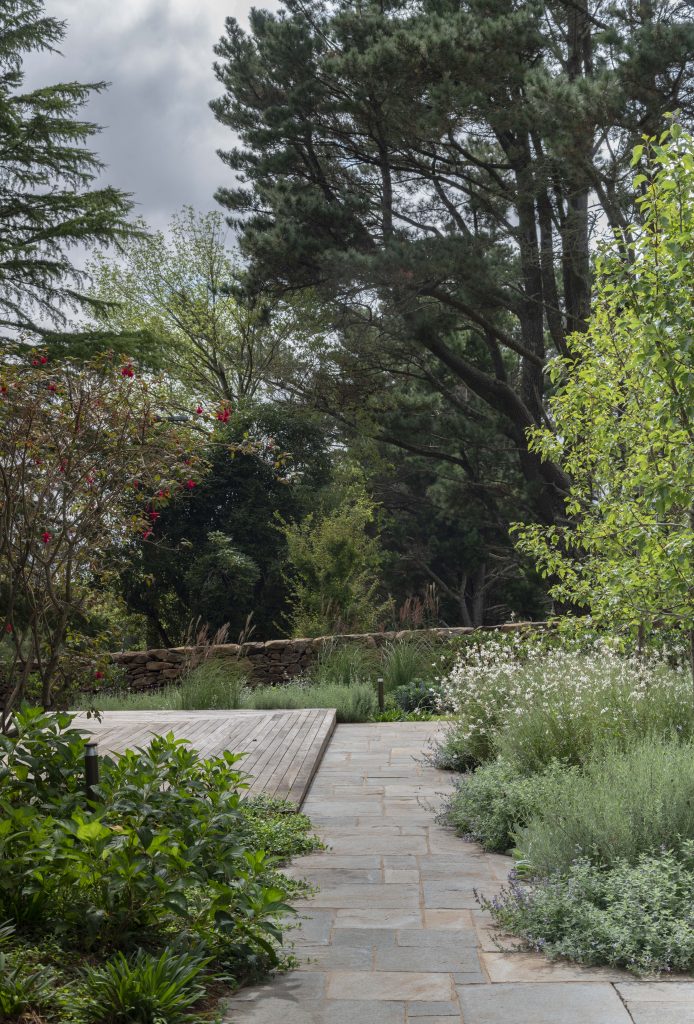
Timber: Warmth and Versatility
Timber is a classic material that adds warmth and texture to any garden. Its versatility means it can be used for decking, seating, pergolas, or even fencing. Hardwood species like spotted gum, blackbutt, and tallowood are particularly suited to outdoor use due to their natural durability and resistance to decay.
The natural tones of timber provide a beautiful contrast to the greens, silvers, and glaucus tones of native plants. When treated and maintained properly, timber weathers gracefully, adding character over time. For a more contemporary look, combining timber with steel or concrete can create a striking juxtaposition that elevates the overall design.
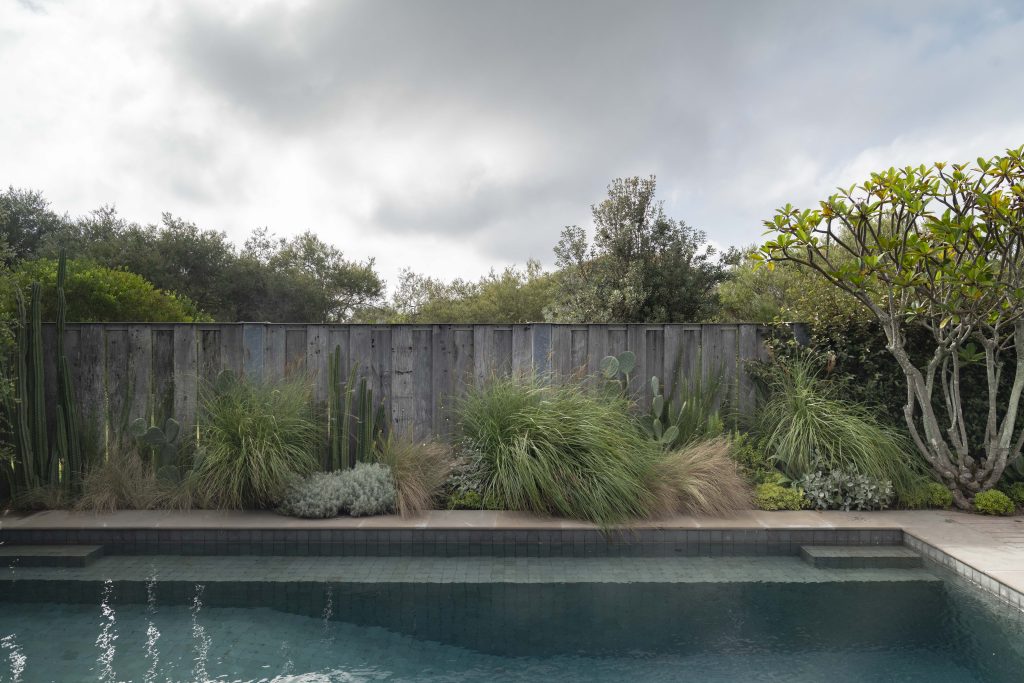
Concrete: Minimalist and Modern
Concrete has shed its industrial reputation to become a staple in modern garden design. Its clean lines and neutral tones make it a perfect backdrop for bold plantings and sculptural elements. Concrete is frequently used for pathways, retaining walls, planters, and sculptural benches.
Polished or textured finishes can add interest and depth to concrete surfaces. Its durability and low maintenance requirements are key advantages, particularly in gardens exposed to Australia’s varied climate. When paired with native plants like eucalyptus or lomandra, concrete creates a modern yet organic look that’s both functional and stylish.
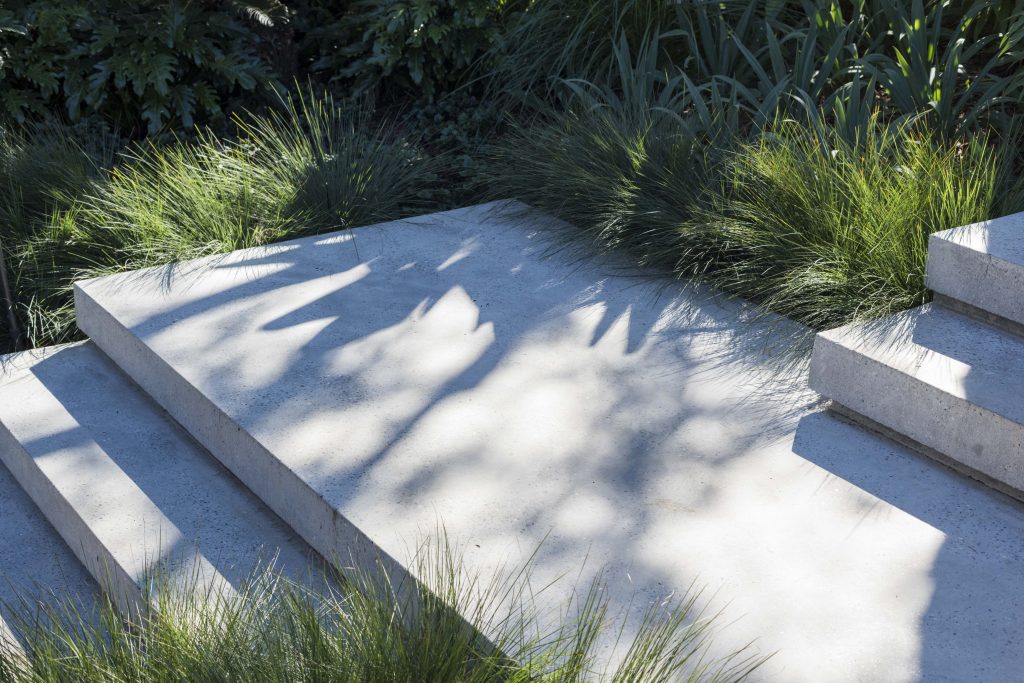
Harmonising with Native Plants
What makes steel, stone, timber, and concrete so effective in Australian gardens is their ability to complement the natural environment. These materials echo the colours, textures, and forms found in the landscape, creating a sense of harmony. Native plants, with their resilience and beauty, are the perfect companions, softening the hard edges of these materials while enhancing their natural appeal.
For example, a weathered steel planter overflowing with native groundcovers or a concrete bench enveloped by soft, billowing grasses demonstrates how these materials can work together to create a cohesive design. The result is a garden that feels both modern and deeply connected to its surroundings.
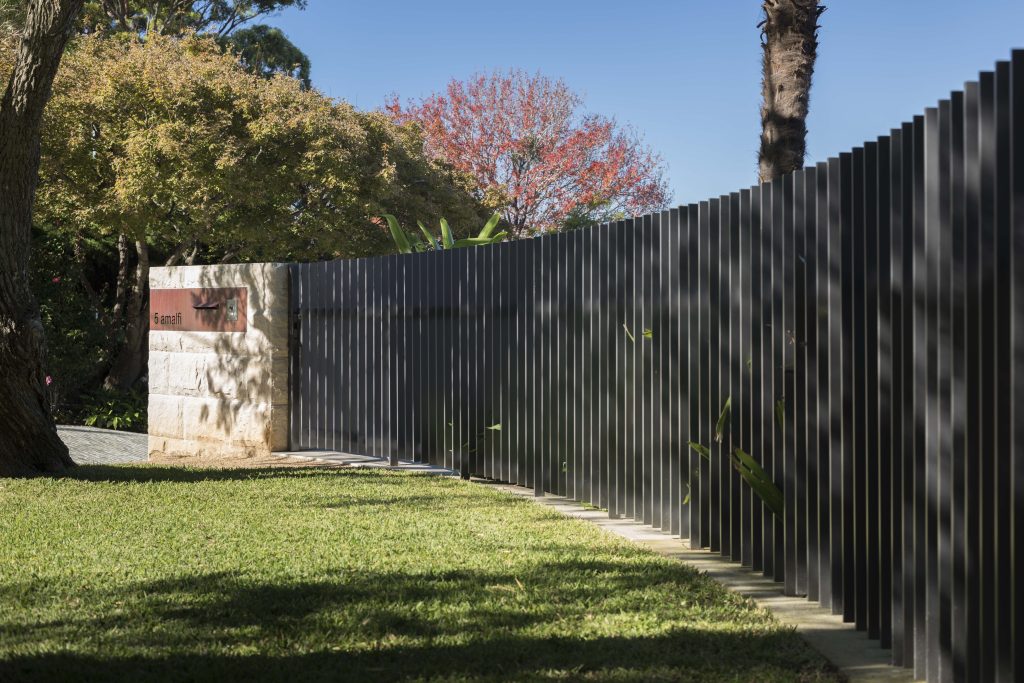
Steel, stone, timber, and concrete have become staples of modern Australian gardens for good reason. Their durability, low maintenance requirements, and ability to blend seamlessly with native plants make them invaluable tools for creating outdoor spaces that are as functional as they are beautiful. By incorporating these materials thoughtfully, you can design a garden that reflects the unique character of Australia’s natural landscape while embracing a contemporary aesthetic.

